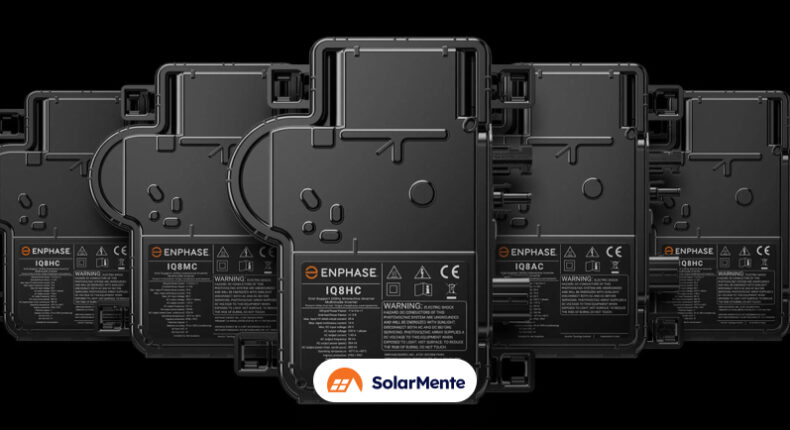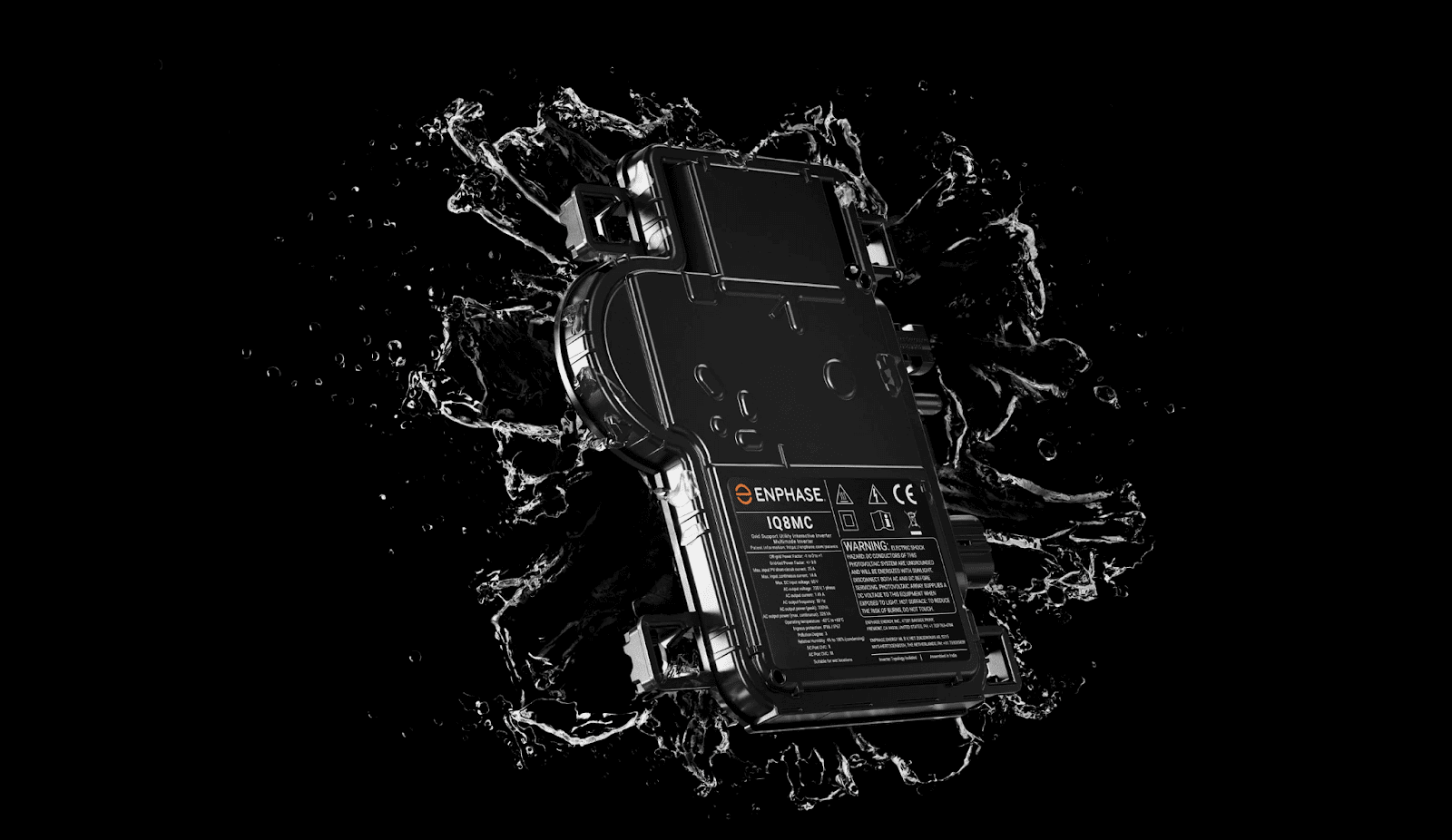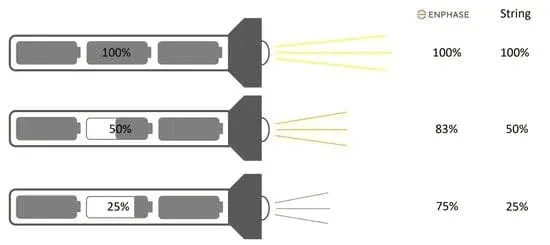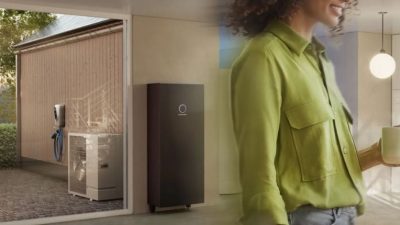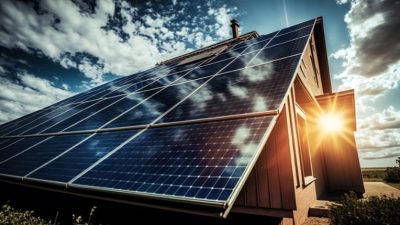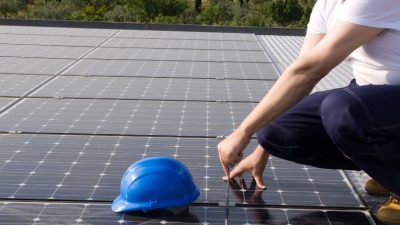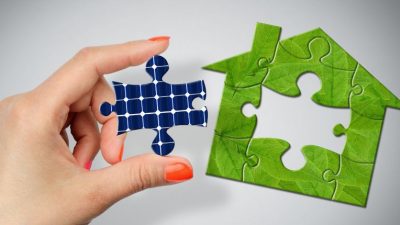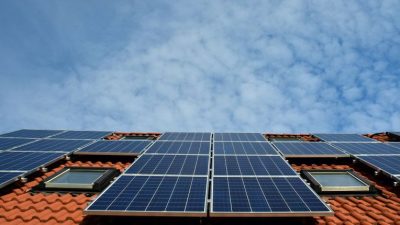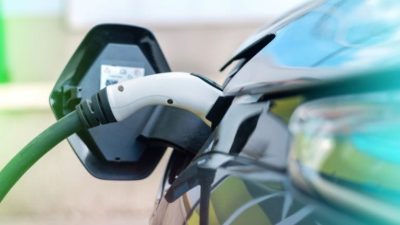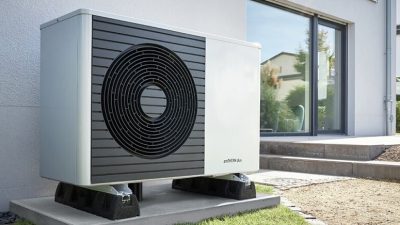If you are reading this, it is likely that:
-
You are interested in switching to self-consumption to enjoy economical and clean energy.
-
And you are considering whether Enphase microinverters are a good option for your home.
But of course, first it is important to know what their features and advantages are.
That is why in this article we are going to tell you our opinion about Enphase microinverters and why we work with them.
Reviews of Enphase Microinverters: why do we work with this manufacturer?
Enphase microinverters are renowned for their reliability and power.
But there are other interesting features to mention that will positively affect the profitability of your solar panels.
Do you want to know more?
Let’s get to it.
Reliability
The main feature of these components is their reliability. In fact, they focus their attention on the quality of the product.
To this end, they have carried out numerous tests, more than a million hours of testing before being launched on the market. That is more or less the equivalent of 100 years.
That’s no mean feat.
In addition, they are rigorous with the failures. Everything is monitored and analysed to check where the bugs are and minimise them as much as possible.
This is how they have achieved a failure rate of less than 0.05%.
Not just a little, but very little.
But what’s so special about minimising all these bugs?
Well.
For one thing, this manufacturer uses fewer components in the design compared to string inverters or optimisers.
They have also carried out numerous tests that guarantee their reliability.
Another thing to mention is that all the microinverters in the IQ range are IP67 certified.
Let us explain.
This certification means that they have a high level of protection against dust and water.
Anyway, if you want to know more details, check this link.
And finally, it has a reinforced casing that increases protection and has double electrical insulation, as well as being corrosion resistant.
Power
One of the main differences between string inverters and micro inverters is the output of the PV system.
It is important to be clear on this point.
Please note.
String inverters are connected in series.
What does this mean?
If one panel is affected by shading, the total output of the system will drop and will be limited to the one with the lowest yield.
However, microinverters operate independently. If shading covers one panel, the yield of the entire system does not decrease. Only the output of that panel decreases.
We anticipate that this particularity is what facilitates flexibility in the design, i.e., the expansion of the system if your consumption needs change. It has a better adaptability compared to the string models.
What’s more, these elements have a burst mode. A technology that produces more energy during sunrise and sunset.
In short, Enphase micro inverters are a good alternative if the house has different orientations and inclinations.
Also if it receives too much shade from buildings or trees. In these cases, using a string inverter would not be profitable for you.
We can see the following example that simulates Enphase.
Versatile and scalable (compatibility)
As mentioned in the previous section, the great thing about Enphase is the ease of adapting to the future needs you might have.
In that case, if you expand the installation, there would be no problem as the elements work independently.
And the good news is that microinverters from previous and future ranges are compatible with each other. One of the possible objections that could arise.
There is no need for centralised installation, so the process is simpler and less costly than using traditional inverters.
As for maintenance, don’t worry. The procedure is simple. Parts are replaced individually.
Beyond that, their aesthetic design and reduced dimensions avoid reserving a specific place for these components inside the home.
And the benefit of all this translates into:
-
Space saving
-
We reduce annoying noises
-
Reducing possible electromagnetic emissions.
Safety first and foremost
Another reason why we use Enphase is safety.
Why are they safer than traditional inverters?
Because they are placed under each panel, the conversion from current to alternating energy (the one we use for our home) is carried out on that surface. That is, on the module itself.
Look.
As the conversion is generated on the roof, we avoid high voltages between 600 and 1000 watts on roofs or inside the house, and the current is reduced to 230 – 240 volts.
They also have a quick shutdown function in case of an emergency, i.e. if the system’s protections or the mains itself are disconnected.
This is a way of looking after the team of maintenance workers.
Extensive warranty
You’re going to like this.
Enphase microinverters offer one of the best warranties on the market.
No less than 25 years.
The manufacturer is sure of the reliability of its product and this number gives us a good clue.
Compared to string inverters, optimisers or other micro inverters, the figure is considerably higher. Many of them offer half the warranty.
So keep this in mind.
If you are going to invest in a PV system, don’t just look at the initial investment of the system, but also consider the costs along the way. In other words, during the life of the system.
By this we mean:
-
Inverter replacement costs
-
Maintenance costs
Enphase has the advantage of minimising these replacement and maintenance costs.
Intelligent system
They use advanced technology and their system architecture allows bi-directional communication with the microinverters.
But what is this?
It’s very simple.
You have it:
-
On the one hand, detailed energy production to facilitate failures quickly.
-
On the other hand, continuous system updates
On top of that, you can:
-
Check how much energy you are generating, using and storing in real time.
-
Change settings and receive relevant service messages.
-
View reports at the time periods you want.
And all this from a single interface.
In the end, Enphase aims to provide a more interactive and informative experience.
Not only does it take into account the benefits of the product, but it aims to go one step further than conventional systems.
Types of Enphase microinverters
Enphase has a wide range of microinverters. They adapt to any type of solar panel and its power.
In fact, they are differentiated by the size of the panels, the power and the maximum voltage.
If we focus on residential self-consumption, the most suitable and the ones we work with at SolarMente are the IQ7, IQ7+ and IQ7X models.
The manufacturer itself states that this series has a low incidence of failures in the sector, specifically, it speaks of an efficiency that reaches 95.6%.
In the following table you can see the sizes, powers and voltages used with each model:
|
Microinverter |
Enphase IQ 7X |
Enphase IQ 7+ |
Enphase IQ 7 |
|
Usage |
residential and commercial |
residential and commercial |
residential and commercial |
|
Input voltage |
120/240V |
120/240V |
120/240V |
|
Recommended panel power |
320-460+ W |
235-440+ W |
235-350+ W |
|
Panel size |
90 cells |
60 and 72 cells |
60 cells |
Enphase Envoy and Enlighten Monitoring System
It is also important to consider the upgrade and monitoring systems: Envoy and Enlighten Enphase.
Let’s start with Envoy.
It is the software that connects the user to the solar system.
It’s a favourable solution for both owners and installers because it allows for full monitoring. You have detailed energy consumption and the possibility to remotely update firmware and software.
It is important to connect to Envoy, otherwise the warranty will be reduced by 2 years.
So what is the Enphase Enlighten for?
Well.
This application allows you to check the monitoring of the photovoltaic installation. Unlike the strings, this system can monitor the production of each module individually.
Cost and savings with microinverters
We will not deny that the initial cost of micro inverters is higher than what we expect from a string inverter.
But we need to look beyond that and not be short-sighted.
By this we mean that you should not limit yourself to the expected savings in the initial cost, but to the expected savings over the life of the installation.
That is, replacement costs or maintenance costs if necessary.
In fact, Enphase microinverters minimise these costs and avoid replacing the entire system if a larger installation is desired.
The reason is that technology is advancing faster and faster and string inverters are not compatible with all available panel models. In this case, the replacement cost is higher if we want to increase our photovoltaic system.
Do you want to switch to self-consumption with microinverters?
The use of Enphase microinverters is an ideal option for residential homes.
Especially for homes that are haunted by shadows and do not want to limit themselves to expanding the installation in the future.
It is also true that the initial cost is higher than string inverters, but this is compensated by the higher production and lower maintenance costs.
If you decide to switch to self-consumption with microinverters, you have different ways to do so:
-
With the solar subscription, renting your solar panels.
-
By purchasing the system (in cash or with financing).
Choose the option that most interests you.
See you inside!

